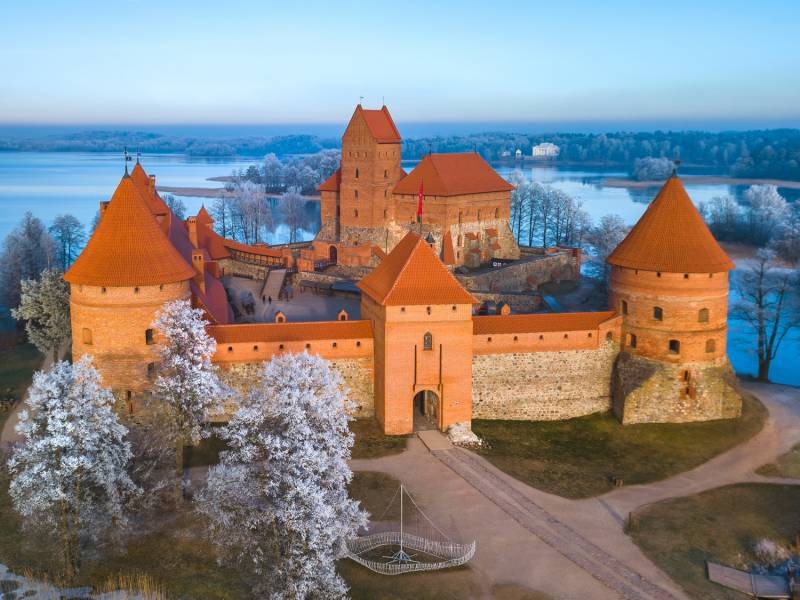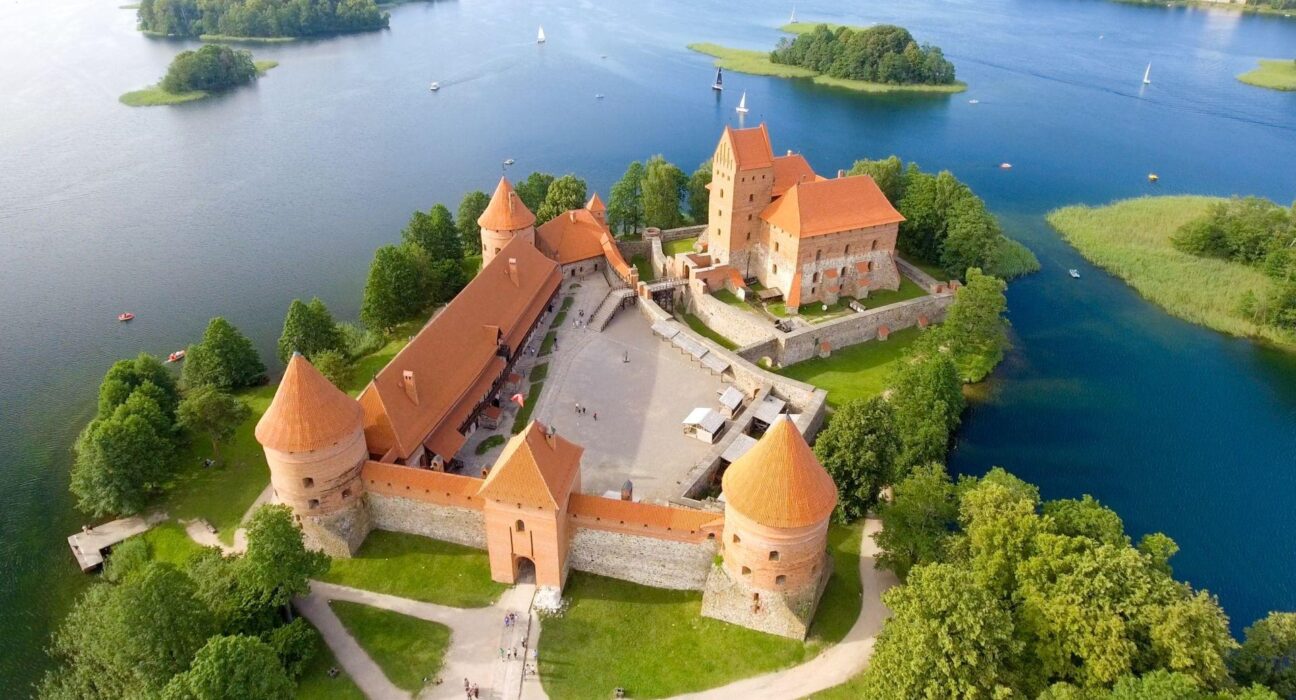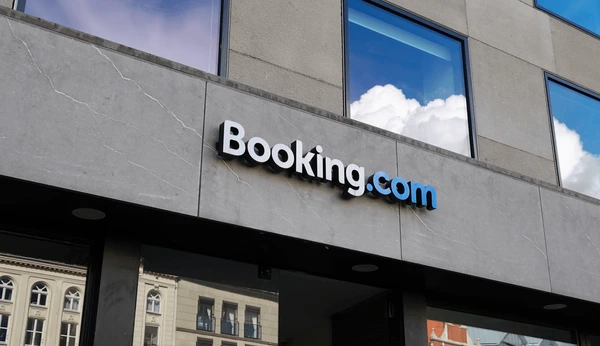Nestled on the southeastern shore of the Baltic Sea, Lithuania is a country that blends medieval charm with contemporary vibrancy. Often overlooked by mainstream travelers in favor of larger European destinations, Lithuania offers a rich history, vibrant cities, enchanting natural landscapes, and a deep-rooted cultural heritage that deserves the spotlight. Whether you’re wandering through cobblestone streets in Vilnius or kayaking through its lush national parks, this small Baltic nation delivers big travel experiences.
In this guide, we’ll explore what makes Lithuania an unforgettable destination and why it should be at the top of your travel list.

A Glimpse into Lithuania’s Rich History
Lithuania has a remarkable history that spans centuries. Once the largest country in Europe during the 14th century, it formed a powerful union with Poland known as the Polish-Lithuanian Commonwealth. Through wars, occupations, and eventual independence from the Soviet Union in 1990, Lithuania has emerged with a resilient spirit and a vibrant cultural identity.
Walking through its cities is like flipping through the pages of a living history book. From Gothic churches and Baroque cathedrals to remnants of Soviet architecture, Lithuania’s past is etched into its buildings and landmarks.

Vilnius: A Capital of Contrasts
At the heart of Lithuania is its capital, Vilnius — a city that perfectly embodies the country’s fusion of old and new. The Vilnius Old Town, a UNESCO World Heritage site, is one of the largest preserved medieval towns in Europe. Its winding alleyways, colorful buildings, and centuries-old churches create an atmospheric setting for exploration.
Key highlights in Vilnius include:
- Gediminas’ Tower: Offering panoramic views of the city, this tower is a symbol of Lithuanian heritage.
- The Gates of Dawn: A spiritual pilgrimage site for Catholics across Eastern Europe.
- Uzupis: A quirky, self-declared republic within the city, known for its bohemian culture, street art, and tongue-in-cheek constitution.
Despite its deep historical roots, Vilnius is also a modern European city with a lively café scene, contemporary art galleries, and thriving nightlife.
Kaunas: The Cultural Capital
Lithuania’s second-largest city, Kaunas, is often described as the cultural heart of the country. Designated as the European Capital of Culture in 2022, Kaunas is filled with creativity, innovation, and architectural beauty.
Explore its interwar modernist architecture, visit the M.K. Čiurlionis National Museum of Art, or stroll through Laisvės Alėja, a long pedestrian street lined with cafes and shops. Kaunas also holds a strong sense of national pride and is home to some of Lithuania’s most important historical sites.
Klaipėda and the Baltic Coast
On the western edge of Lithuania lies Klaipėda, a charming port city with a distinctly German feel due to its Prussian past. From here, you can venture to one of Lithuania’s most unique natural wonders: the Curonian Spit.
This UNESCO World Heritage site is a 98-kilometer-long sand dune peninsula that separates the Curonian Lagoon from the Baltic Sea. It’s a place of shifting dunes, pine forests, and quaint fishing villages like Nida, where travelers can bike, hike, or simply relax on some of the cleanest beaches in Europe.
Trakai: A Fairytale Escape
Just 30 minutes from Vilnius lies Trakai, a picturesque town set among lakes and forests. The centerpiece is Trakai Island Castle, a red-brick fortress on an island in Lake Galvė. Restored to its medieval glory, the castle offers insight into Lithuania’s royal past.
Trakai is also known for its Karaim community, a small ethnic group originally from Crimea, brought here in the 14th century. Try a traditional kibinai (savory pastry) and learn about the rich tapestry of cultures that shape Lithuania.
Nature and Outdoor Adventures
Lithuania is a paradise for nature lovers and outdoor enthusiasts. Nearly one-third of the country is covered in forest, and its national parks are pristine and uncrowded.
Top Natural Attractions:
- Aukštaitija National Park: Famous for its crystal-clear lakes and pine forests. Great for kayaking, hiking, and birdwatching.
- Dzūkija National Park: Home to traditional villages, dense woodlands, and abundant wildlife.
- The Hill of Crosses: A hauntingly beautiful site near Šiauliai where hundreds of thousands of crosses stand as symbols of faith and resistance.
In winter, many of these areas transform into snowy playgrounds, with opportunities for cross-country skiing, ice fishing, and winter hiking.
Delicious Lithuanian Cuisine
Lithuanian cuisine is hearty, flavorful, and reflects its agricultural roots and seasonal produce. Meals are often based on potatoes, meat, dairy, and rye, with a touch of Baltic ingenuity.
Must-Try Dishes:
- Cepelinai: Potato dumplings stuffed with meat or cheese, often served with sour cream and bacon.
- Šaltibarščiai: A vibrant cold beet soup, ideal during summer.
- Kugelis: A savory potato pudding with crispy edges and a soft center.
- Skilandis: Smoked sausage made using traditional methods.
Wash it down with gira, a naturally fermented rye bread drink, or sample Lithuanian craft beers, which are gaining popularity worldwide.
Festivals and Traditions
Lithuania celebrates its rich culture through a variety of festivals year-round. From folk music and dance to contemporary art and film, there’s always something happening.
- Joninės (Midsummer Festival): Celebrated in June with bonfires, singing, and flower crowns.
- Kaziuko Mugė: A massive craft fair in Vilnius celebrating St. Casimir’s Day.
- Devilstone Festival: An alternative music and arts festival in Anykščiai.
- Lithuanian Song and Dance Festival: A grand spectacle held every few years that brings together thousands of performers in traditional dress.
Getting Around Lithuania
Lithuania is easy to navigate thanks to its compact size and efficient transport network. Buses and trains connect all major cities, and car rentals allow you to explore rural areas at your own pace. English is widely spoken, especially in urban areas, making travel smooth for international visitors.
Vilnius International Airport serves as the main gateway, with direct connections to many European cities.
Why Visit Lithuania Now?
- Affordability: Compared to Western Europe, Lithuania is very budget-friendly, offering excellent value for accommodation, food, and attractions.
- Fewer Crowds: It remains relatively undiscovered, so you can enjoy popular sites without overwhelming tourist traffic.
- Authenticity: Lithuania offers an authentic experience, where centuries-old traditions coexist with youthful energy and creativity.
Whether you’re a solo adventurer, history buff, foodie, or nature lover, Lithuania offers a little bit of everything — and a lot of heart.
Discover the Soul of the Baltics
Lithuania is more than just a destination — it’s an experience. From the majestic towers of Vilnius to the serene sands of the Curonian Spit, from medieval castles to bustling art scenes, it’s a country that leaves a lasting impression. As more travelers seek meaningful, off-the-beaten-path journeys, Lithuania shines as a beacon of beauty, history, and adventure in the Baltics.
Now’s the time to explore Lithuania — before the rest of the world catches on.


